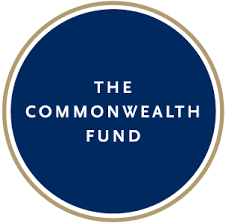Safety Net Still Needed, Study Finds
Despite Affordable Care Act policies that have enabled millions of Americans to obtain health insurance, the health care safety net is still needed.
Or so concludes a new report from the Georgetown University Health Policy Institute’s Center on Health Insurance Reforms.
For the report A Tale of Three Cities: How the Affordable Care Act is Changing the Consumer Coverage Experience in 3 Diverse Communities, researchers visited and examined conditions in Tampa, Columbus, and Richmond (Virginia), and among their conclusions was:
We still need a safety net. Safety net programs in existence before the ACA were expected to become less necessary once the ACA coverage expansions took effect. And to some extent that has indeed been the case. But what was deemed affordable under the ACA for those with income too high for Medicaid eligibility is not necessarily perceived to be affordable to the individuals enrolling in the marketplace plans, particularly when health care spending must compete with other pressing household expenses. As a result, safety net providers report that many patients who start the year with coverage return to them later in the year uninsured.
Safety net providers are adapting to the new coverage and health system landscape ushered in by the ACA. However, there’s not yet enough data to know whether coverage has translated to better, more affordable access to health care services.
To learn more about the report and its findings, go here to read a Center on Health Insurance Reforms blog entry on the research and go here to see the report itself.









